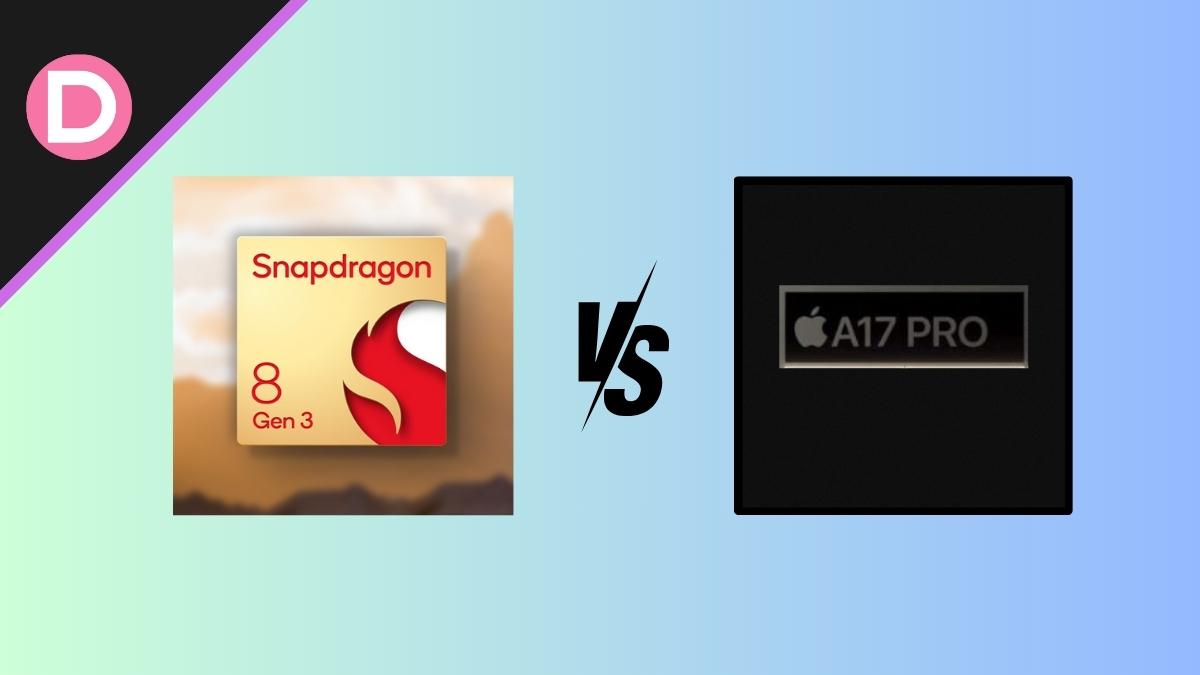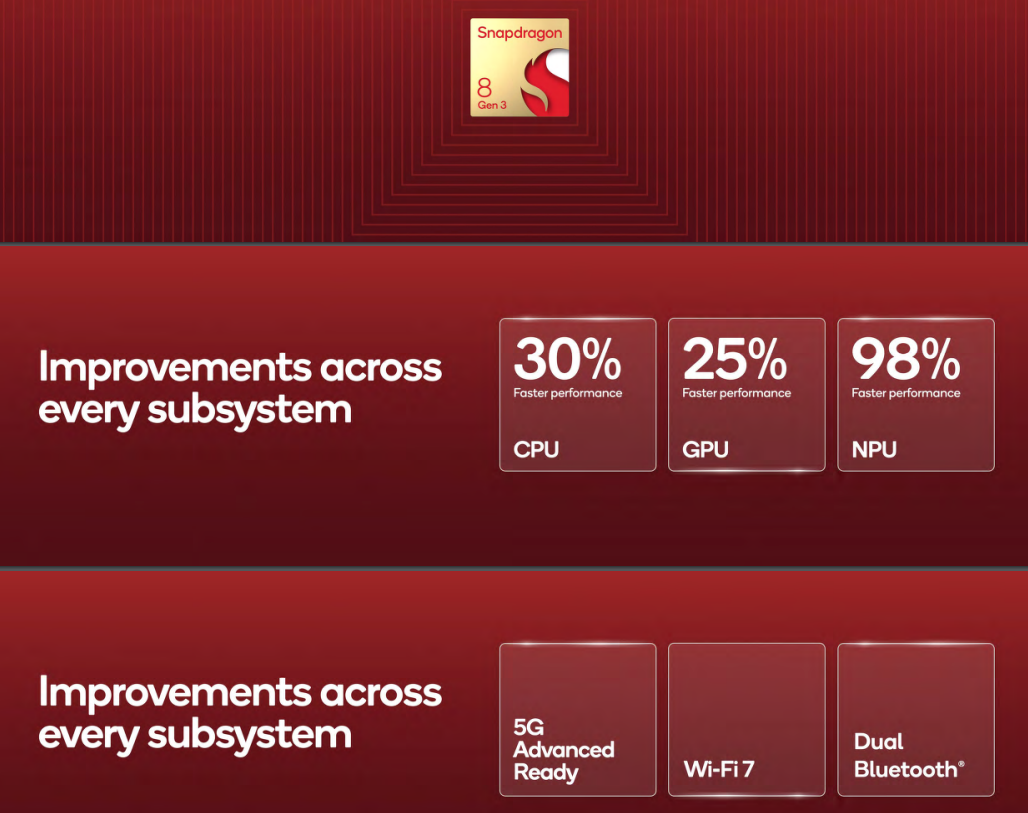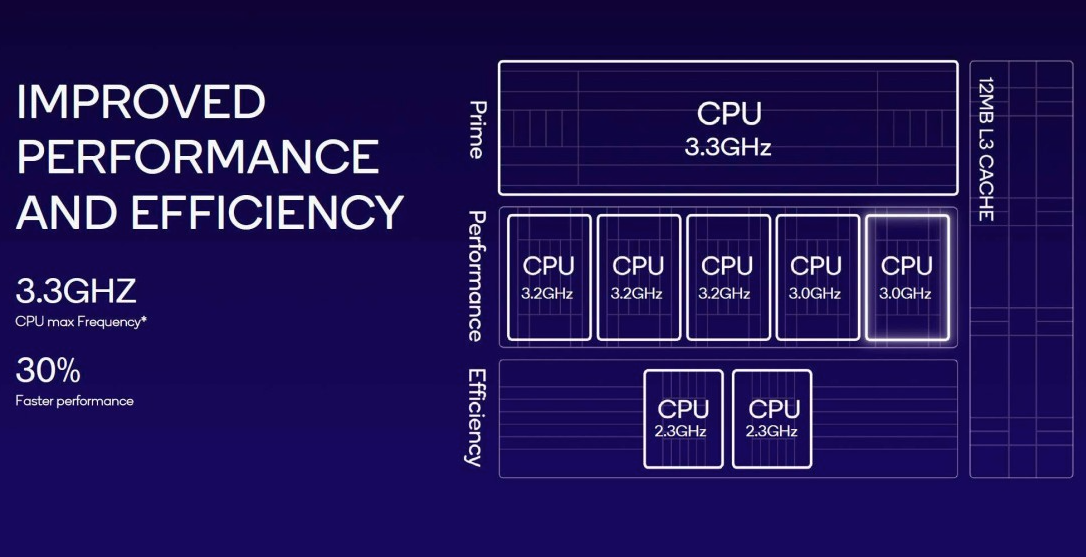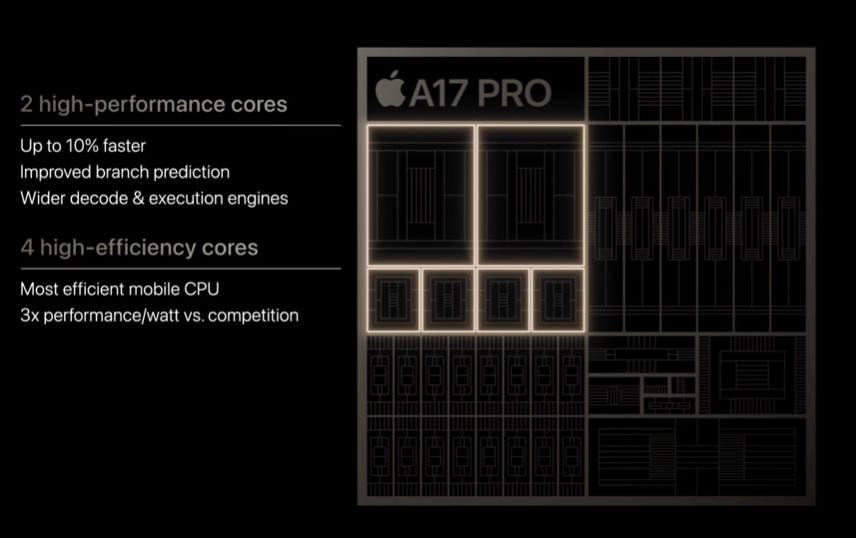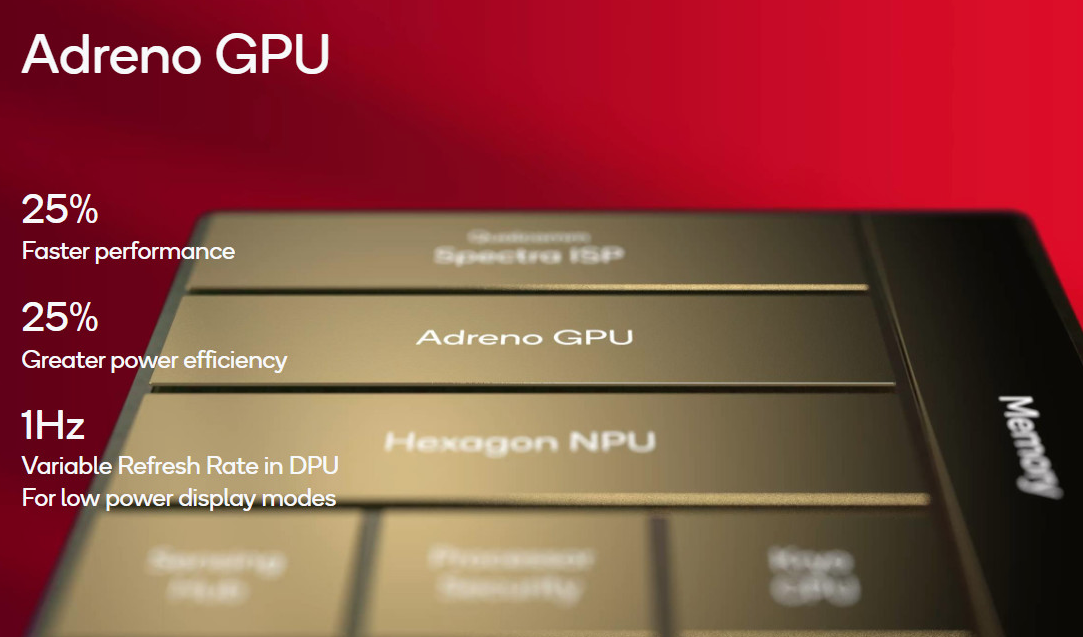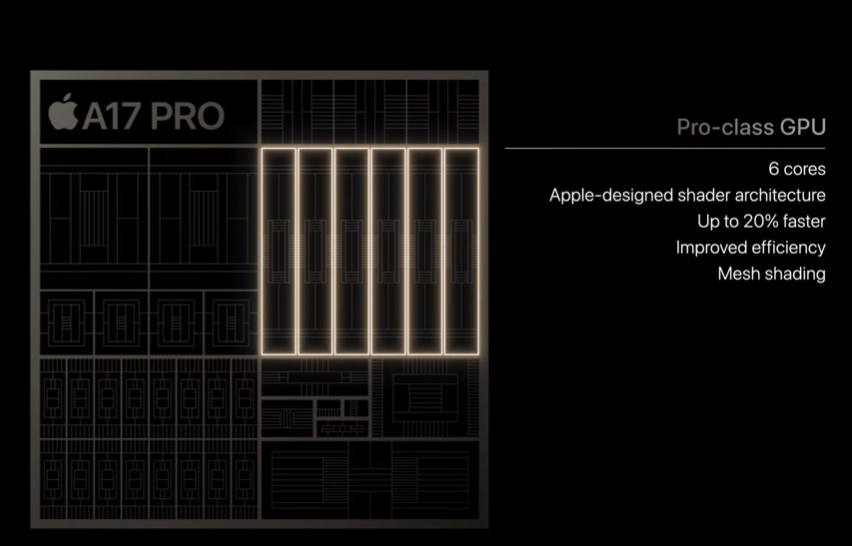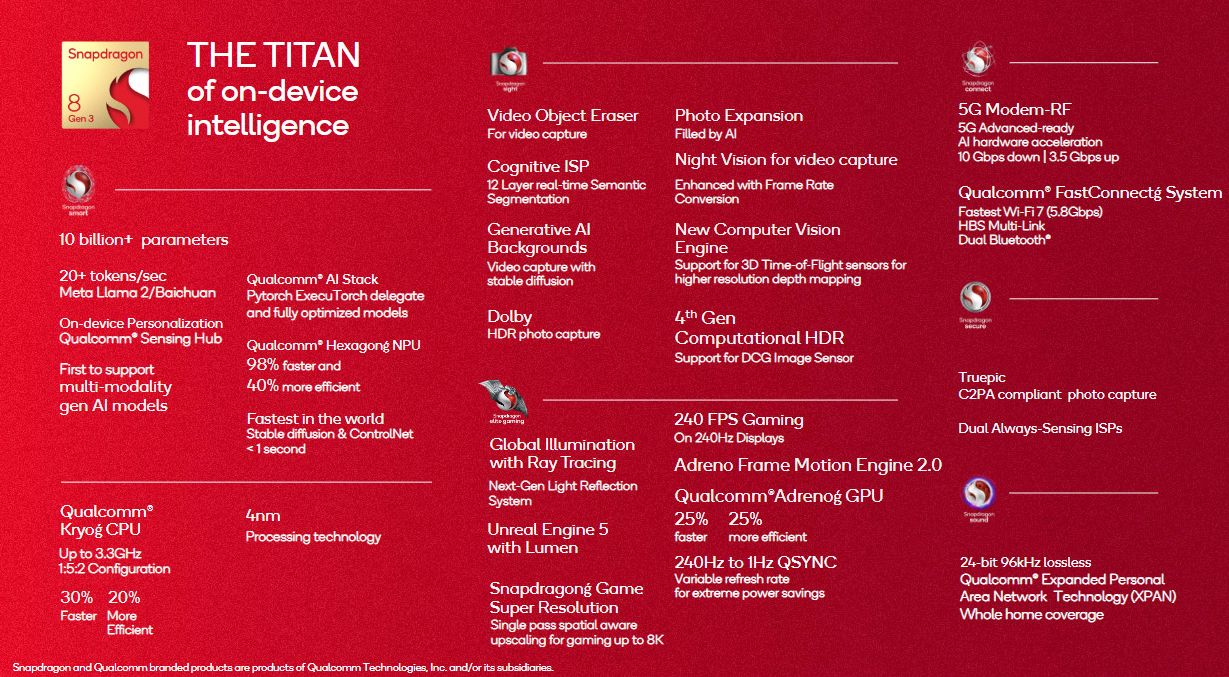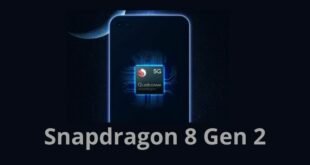Qualcomm announced the much-anticipated Snapdragon 8 Gen 3 chipset that will be the heart of many Android flagships in late 2023 and 2024. The chipset significantly improves the CPU, GPU, and NPU and is heavily focused on generative AI.
On the other side of the wall, we have the A17 Pro, the closest rival of the Snapdragon 8 Gen 3. Many users are eager to know how Apple’s latest smartphone chipset stands against the new Snapdragon 8 Gen 3. So, let’s buckle up and compare the two.
Snapdragon 8 Gen 3: What’s New?
The Snapdragon 8 Gen 3 was announced almost a year after the Snapdragon 8 Gen 2. So, let’s first briefly examine what’s new with the Snapdragon 8 Gen 3.
- New 1:5:2 core CPU architecture
- 30% faster and 20% more efficient CPU
- Adreno 750 GPU with 770 Hz frequency
- 25% faster and 25% more efficient GPU
- Capable of running console-level games at 240 FPS
- Hexagon NPU for Generative AI
- Snapdragon X75 5G modem
Snapdragon 8 Gen 3 vs. Apple A17 Pro
1. CPU Performance
Contrary to the initial rumors, the Snapdragon 8 Gen 3 is built on TSMC’s 4 nm fabrication process, not Samsung’s. The new chipset features an all-new 1:5:2 core CPU architecture that maximizes performance while keeping things cool with the two efficiency cores.
This new architecture consists of a Prime Cortex X4 core that is clocked at 3.3GHz, five Cortex-A720 performance cores, of which three are clocked at 3.2GHz and two at 3.0GHz, and two Cortex-A520 efficiency cores clocked at 2.3GHz. Together, these CPU cores deliver 30% faster CPU performance while using 20% less power than the ones on its predecessor.
The Apple A17 Pro, on the other hand, has a Hexa-core CPU architecture consisting of two high-performance Everest cores clocked at a whopping 3.78GHz and four high-efficiency Sawtooth cores clocked at 2.11GHz.
Regarding the raw performance, the A17 Pro seems to take the lead regarding single-core power due to the higher clock speed. However, regarding multi-core performance, the Snapdragon 8 Gen 3 is on par with the A17 Pro, possibly due to the greater number of cores.
The A17 Pro has a clear advantage regarding fabrication since it’s based on a newer 3 nm process. The Snapdragon 8 Gen 3 is based on an older 4 nm fabrication process, also by TSMC, which is less efficient.
Regarding synthetic benchmarks, the Snapdragon 8 Gen 3 scores 2224 in single-core performance, while the A17 Pro scores 2977, which is almost 34% better. This is reminiscent of the CPU core specifications that we discussed earlier.
The multi-core performance score of the Snapdragon 8 Gen 3 at 7047 is close to that of the A17 Pro, although the A17 Pro still scores higher at 7476. This is a performance difference of about 6%.
As for the real-world performance, both chipsets should do excellent! Apple’s chipsets are known for their fantastic optimization, but the Snapdragon 8 Gen 3 should not lag behind.
2. GPU Performance
The GPU performance is where both Apple and Qualcomm have started getting aggressive lately. Nevertheless, Qualcomm has again taken a leap in the GPU department with the Snapdragon 8 Gen 3.
The Snapdragon 8 Gen 3 comes with the new and improved Adreno 750 GPU, which has a frequency of 770 Hz. Moreover, the memory bandwidth has also been increased to 64 Gbps. Qualcomm says the Snapdragon 8 Gen 3’s GPU is 25% faster and 25% more efficient than its predecessor.
The Snapdragon 8 Gen 3 also comes with the Unreal Engine 5 Lumen system with Global Illumination, which delivers console-level graphics performance at 240 FPS. In addition, it also brings hardware-accelerated ray tracing and the new Adreno Frame Motion Engine (AFME 2.0), which increases the frame rate to 120FPS in real-time.
Apple has also made a significant jump in the GPU department of the A17 Pro. It is now a hexa-core architecture supporting hardware-based ray tracing and upscaling technology called MetalFX Upscaling. The GPU can also run AAA titles on the iPhone 15 Pro.
Regardless, the Snapdragon 8 Gen 3 takes the lead in efficiency and thermals, resulting in better and more sustained GPU performance. The Apple A17 Pro uses 11W of power to deliver the same performance as last year’s Snapdragon 8 Gen 2, which only uses 8W of power.
While the real numbers for the Snapdragon 8 Gen 3 are not out yet, Qualcomm did say that the GPU is 25% more efficient than the 8 Gen 2. This concludes that the Snapdragon 8 Gen 3 annihilates the A17 Pro in GPU performance, at least as per what’s on the paper.
3. ISP (Image Signal Processors)
The Snapdragon 8 Gen 3 also brings the Cognitive ISP, which greatly improves upon previous iterations of smartphone image processing. This ISP uses real-time 12-layer semantic segmentation to identify and separate scenes and objects inside images for more precise processing later.
It also supports Dolby HDR photo capture that produces more than 1 billion colors, significantly more than the regular 16.7 million colors in JPEG. The resulting HDR photos are stunning in their realism and brightness.
It also has AI-powered features such as Enhanced Video Bokeh, Photo Expansion, Video Object Eraser, and more. The Video Object Eraser seems the coolest since it allows you to erase unwanted objects from your videos.
The Snapdragon 8 Gen 3 ISP also features Night Vision AI, improving the contrast and visibility of movies in low light. Moreover, the Snapdragon 8 Gen 3 can also shoot videos in resolutions up to 8K at 30FPS or 4K at 120FPS, which is something exceptional.
Apple’s A17 Pro has comparable ISP performance to the Snapdragon 8 Gen 3. It can record in 4K at 60 FPS in the professional-grade and high-quality ProRes format. It can also capture spatial videos, viewable on the Apple Vision Pro, and 48 MP ProRAW photos.
The A17 Pro integrates its ISP with the Photonic Engine to produce exceptional photos. It also improves the HDR performance with the Smart HDR 5, which is a massive upgrade over the Smart HDR 4.
The ISP section is very competitive, with both chipsets delivering cutting-edge improvements to users’ ability to take photos and record videos. However, the A17 Pro can’t beat the Snapdragon 8 Gen 3 AI integration with the ISP. For now, the Snapdragon 8 Gen 3 takes the win.
4. Battery Life and Efficiency
Although TSMC has already started manufacturing 3 nm chipsets, Qualcomm seems to be sticking to the tried and tested 4 nm Snapdragon 8 Gen 3 fabrication process. Although both chipsets are pretty close regarding performance, the A17 Pro should be more efficient due to the smaller 3 nm node.
However, as mentioned earlier, the A17 Pro consumes more power when doing GPU-intensive tasks like gaming than the Snapdragon 8 Gen 3. At the same time, it should be noted that Apple optimizes its chipsets very well for the best battery life possible.
Unfortunately, we can’t conclude which chipset is better overall in terms of efficiency for now. Nevertheless, both chipsets are efficient and should not compromise battery life.
5. AI & ML
Qualcomm is going big with AI and ML on the Snapdragon 8 Gen 3. With its robust Hexagon AI Engine, AI processing power has significantly improved. The AI Engine is 98% faster and 40% more efficient than previous versions. This ensures AI processing is lightning-fast and uses very little power.
But this is not it. The Hexagon AI Engine is also great for locally running AI models, as it can create up to 20 tokens per second. Qualcomm partnered with Meta to bring the Llama 2 model to commercial devices using the Snapdragon 8 Gen 3 platform.
Regarding AI and picture synthesis, the Snapdragon 8 Gen 3’s Hexagon AI co-processor really shines. The Hexagon NPU can process between 3 and 13 billion operations on a single device. This is made possible by utilizing the CPU, GPU, NPU, and the fast memory of the chipset.
The A17 Pro’s Neural Engine is far more potent than its predecessor’s, doubling its performance. That’s the equivalent of an incredible processing speed of 35 trillion operations per second (TOPS).
Apple’s Neural Engine can power state-of-the-art AI-based apps and experiences thanks to its exceptional performance. Although the TOPS figure for the Snapdragon 8 Gen 3 remains unknown, Qualcomm has stated that the Hexagon AI Engine in its latest PC-focused Snapdragon X Elite CPU is capable of 45 TOPS.
Keeping this ambiguity aside, we can expect the Snapdragon 8 Gen 3 to perform as fast as the A17 Pro in AI and ML, given the improvements to the Hexagon AI Engine. Again, we can’t say for sure which one beats the other.
6. Connectivity
The Snapdragon 8 Gen 3 takes the lead regarding the connectivity aspect. It uses the latest integrated Snapdragon X75 5G modem that delivers lightning-fast connectivity, with download speeds of up to 10 Gbps and upload speeds of up to 3.5 Gbps.
Unlike the Snapdragon 8 Gen 3, the A17 Pro uses a discrete modem—the Snapdragon X70 5G. This modem also delivers download speeds of up to 10 Gbps and upload speeds of up to 3.5 Gbps. The advantage the X75 modem has is that it uses AI to enhance connectivity by 2.5 times.
The Snapdragon 8 Gen 3 supports the latest connectivity protocols, such as Wi-Fi 7, Bluetooth 5.4, LE Audio, aptX Lossless, and Dual Bluetooth Antenna. Again, the A17 Pro lags behind, as it only supports Wi-Fi 6E and Bluetooth 5.3. Both chipsets support AV1 Codec and NavIC.
Conclusion
The Snapdragon 8 Gen 3 has brought exceptional capabilities to the mobile chipset industry. The Snapdragon 8 Gen 3 and A17 Pro are the most powerful chipsets available.
The A17 Pro does excel in CPU performance but loses out to the Snapdragon 8 Gen 3 in many aspects, at least as per the specifications. Also, the generative AI features on the Snapdragon 8 Gen 3 make it much more appealing.
No matter which one you use, you will surely get exceptional performance. However, the Snapdragon 8 Gen 3 seems to be a better overall chipset. Nevertheless, we must wait for the real-life tests to come to a clear conclusion.
